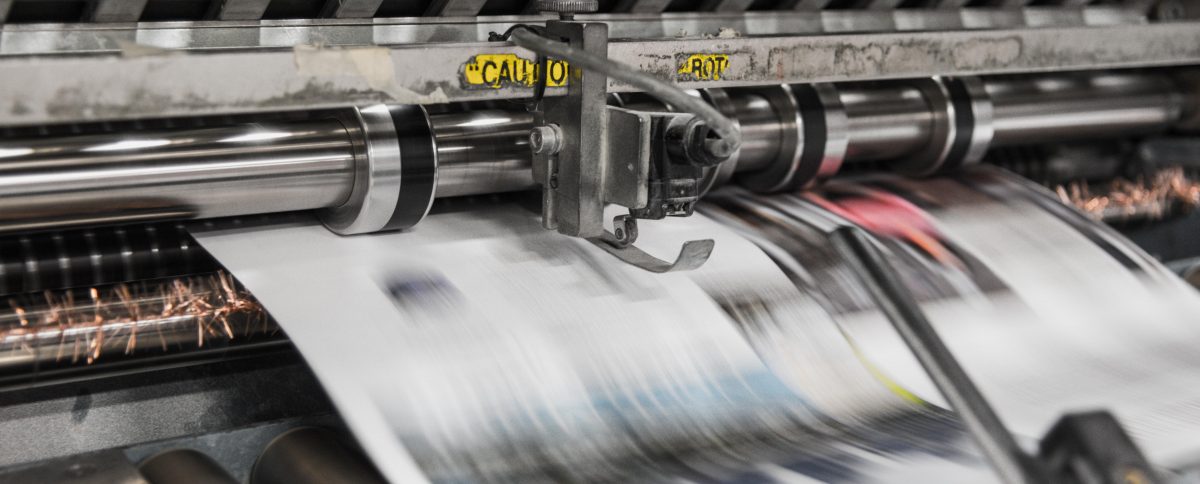The role of the audit committee is more extensive than ever before. It requires not only more time, but also more skills. Here are five illustrations of this development.
Studying broader topics, understanding the accounting machine, questioning the risks, diving into the system of internal control, and overseeing the auditor’s work, these are some of the sensitive new challenges the committee needs to tackle nowadays.
- Financial communication channels have diversified.
The analysis of financial information conducted by the audit committee is no longer limited to the accounts. In the past, the audit committee limited themselves to reviewing the year-end accounts and the management report. Today, their intervention is much broader and more sensitive than that. It covers forward-looking information, including the budget. It also covers the press releases and briefs submitted to analysts and investors.
2. Beyond the report, the audit committee also studies the machine that produces it.
The committee is no longer limited to the information produced but must also look at the way it is produced. Monitoring the reporting process means understanding the architecture of the reporting systems, evaluating the accounting options chosen, examining the treatment of extraordinary transactions, and understanding the role of each function in the closing of the accounts. It means understanding the mechanics of complex accounting standards and finding one’s way through the sophisticated consolidation and reporting channels.
3. The obligation to question and oversee risk management and the system of internal control.
It is clear that the audit committee cannot address all of the company’s industrial, commercial, human and technological risks. They focus instead on those risks that are likely to have a significant impact on financial information. These include, primarily, financial, legal, tax and ethical risks. Beyond the review of the risk map, the audit committee should evaluate risk appetite, evaluate probability and impact, and assess risk mitigation measures.
4. As for internal control, the audit committee ensures that the company has chosen an appropriate control framework, and that it is adequately deployed within the company. Is the cost/benefit ratio of the control appropriate? The audit committee ensures that significant malfunctions identified by the control system are followed up with appropriate corrective measures.
5. The audit committee monitors the work of the statutory auditors in the context of their certification mission.
What is meant by “monitoring the work” of the statutory auditor? It means, primarily, a discussion on the audit approach, the scope of the work and the level of materiality. It means discussing exceptional elements likely to have an impact on the work of closing or auditing the accounts, like the key audit matters and the projected audit opinion. It means keeping each other informed to avoid any element of surprise.
Xavier BEDORET – April 2021




